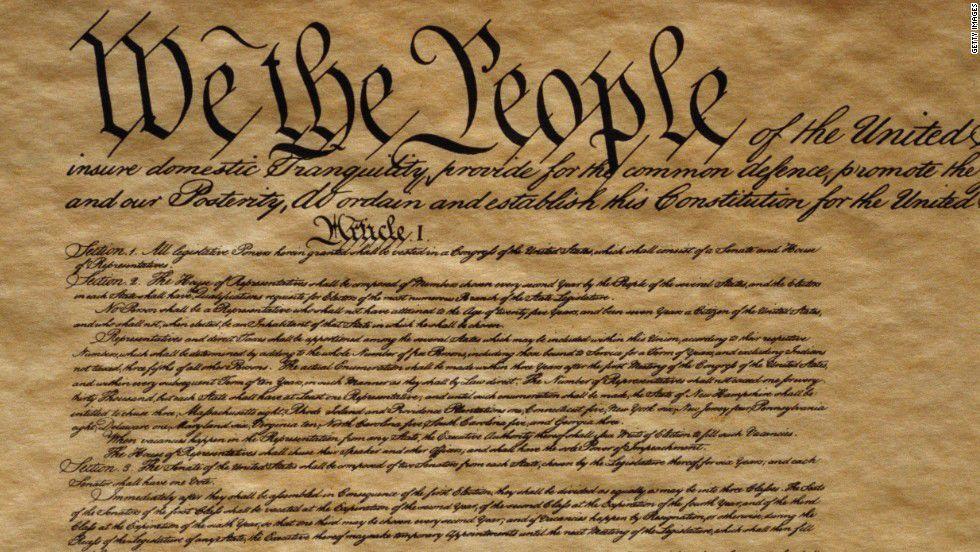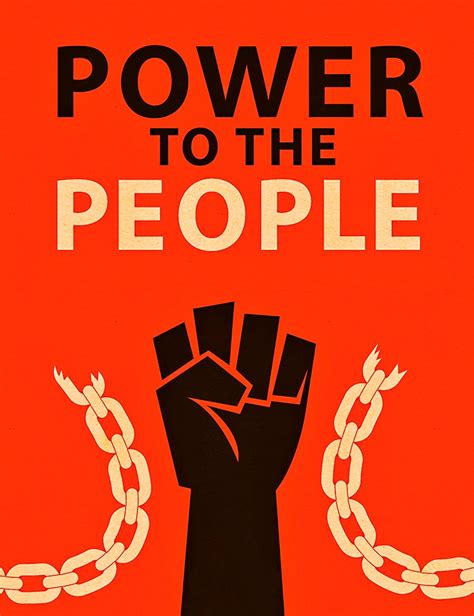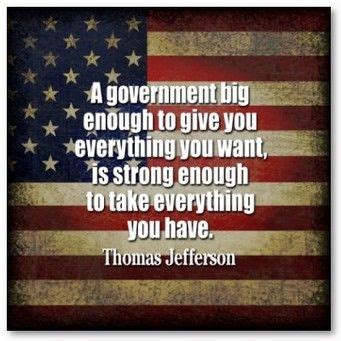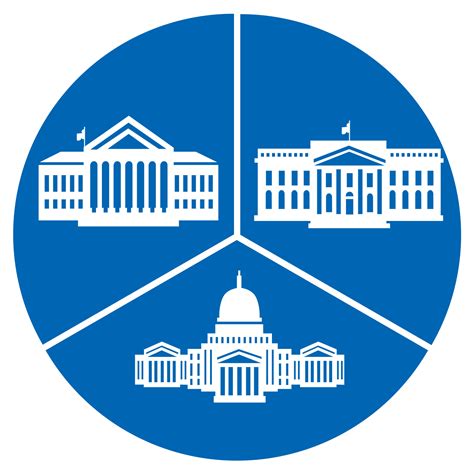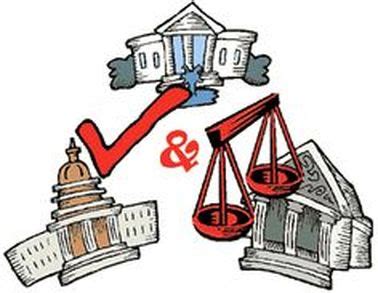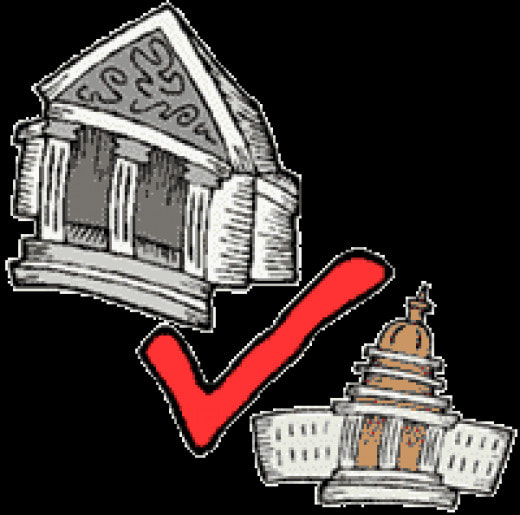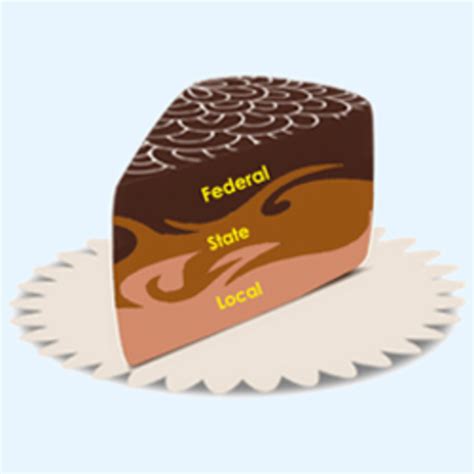The United States Constitution
|
The Romans believed that government can only survive with active, informed citizens. Let us continue this tradition. This page will the main ideas embodied in the U.S. Constitution. Take this responsibility seriously, but have fun on the journey!
The Constitution is our plan for government. The Articles of the Constitution talk about the duties of the three main parts of government: the Executive Branch, the Legislative Branch, and the Judicial Branch. The articles also talk about the separate powers of the Federal and State government, and how to change the Constitution. |
The Constitution is based on fundamental principles or ideas. Start your journey by understanding the meanings of each principle.
When you are finished reviewing the materials above, answer the following questions. Your answers should be at least 250 words.
1. Why is a written constitution a good idea?
2. What is the purpose of “amending” the Constitution?
3. What’s more important (and why), strong federal and weak local government; weak federal and strong local government; equal power between state and local governments?
1. Why is a written constitution a good idea?
2. What is the purpose of “amending” the Constitution?
3. What’s more important (and why), strong federal and weak local government; weak federal and strong local government; equal power between state and local governments?
